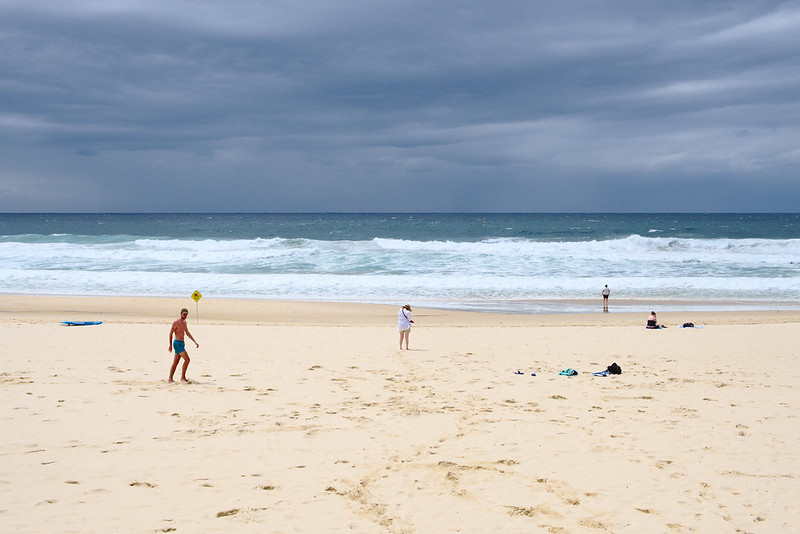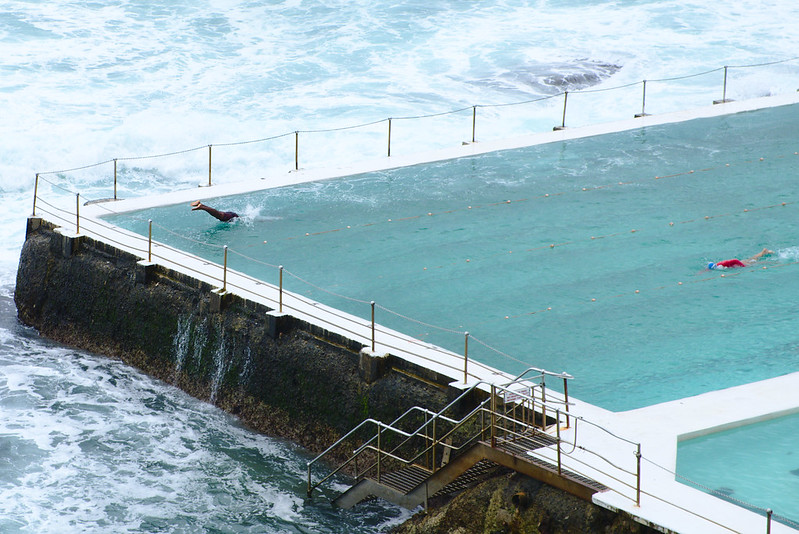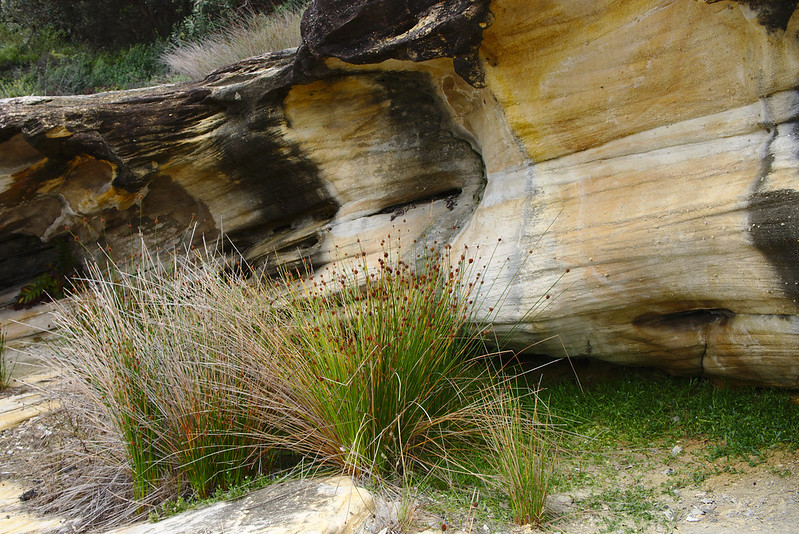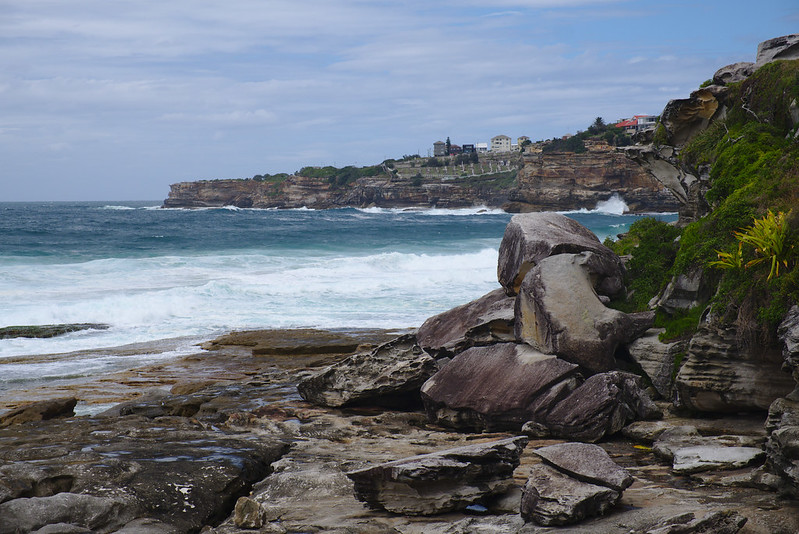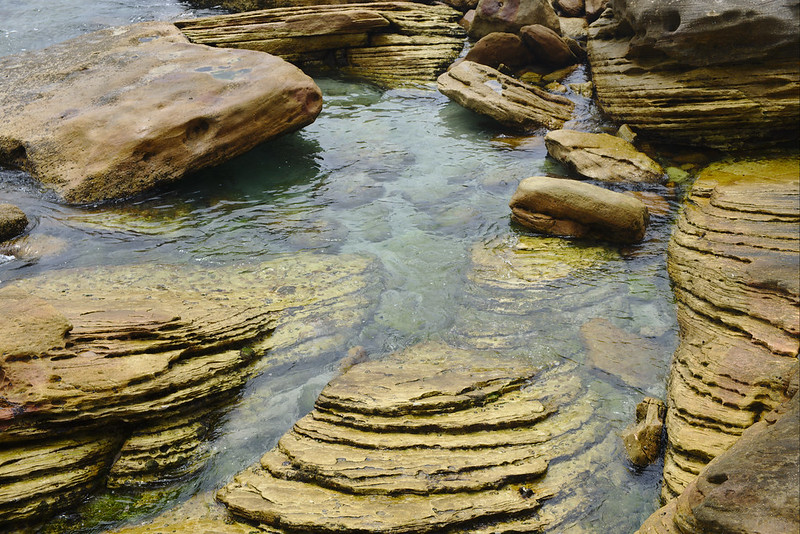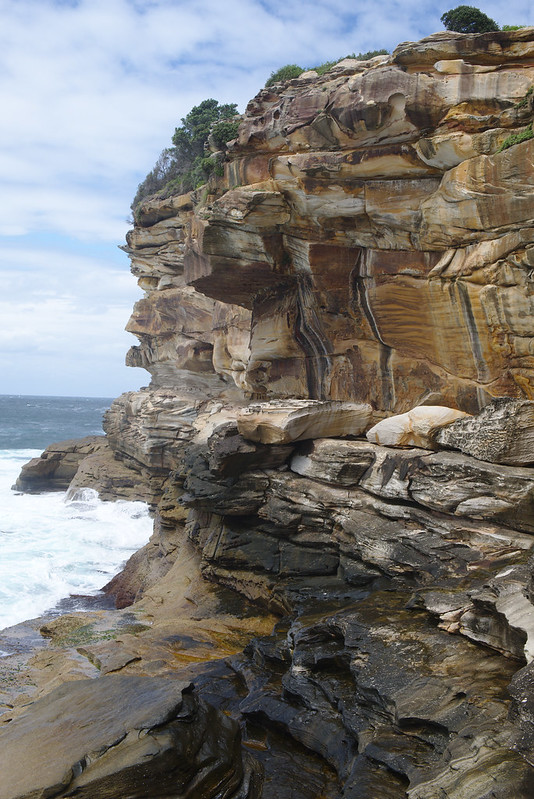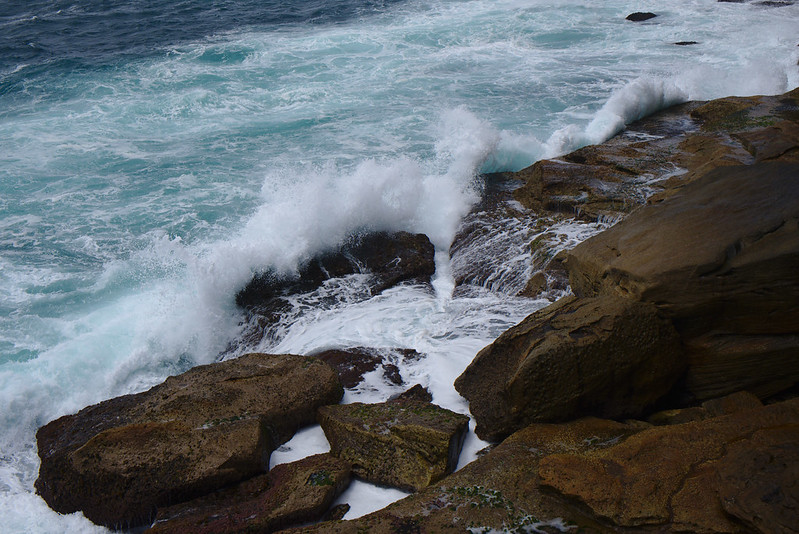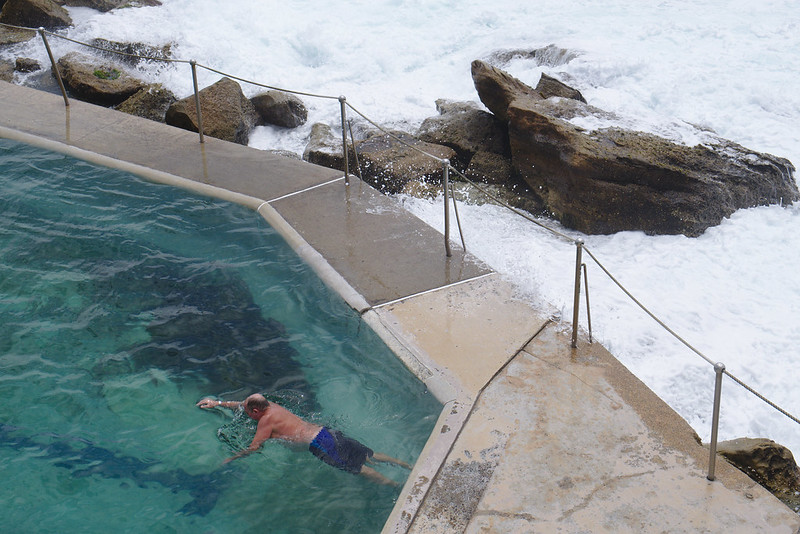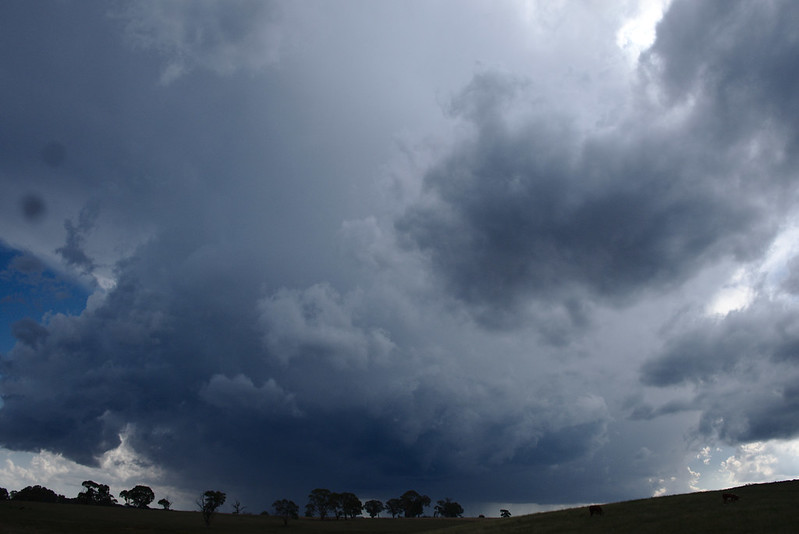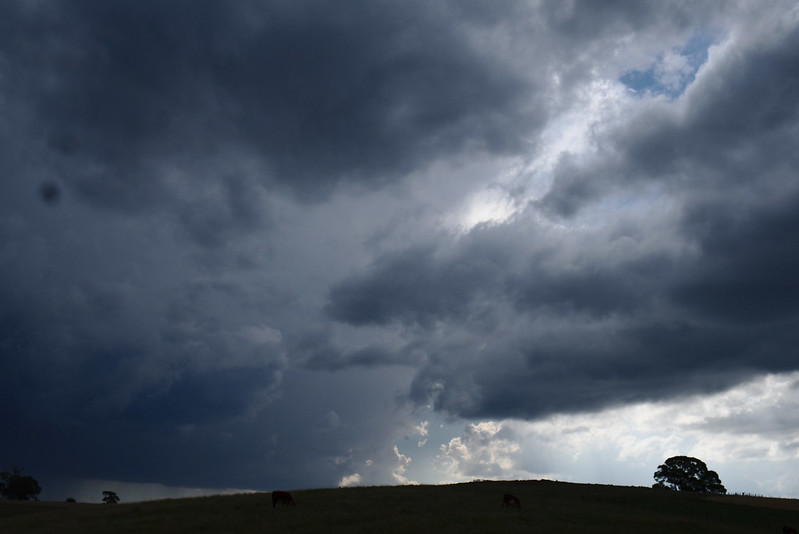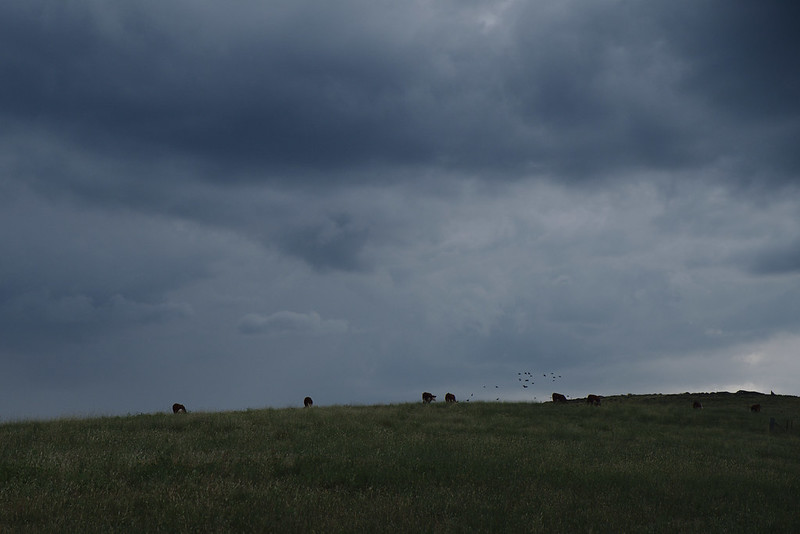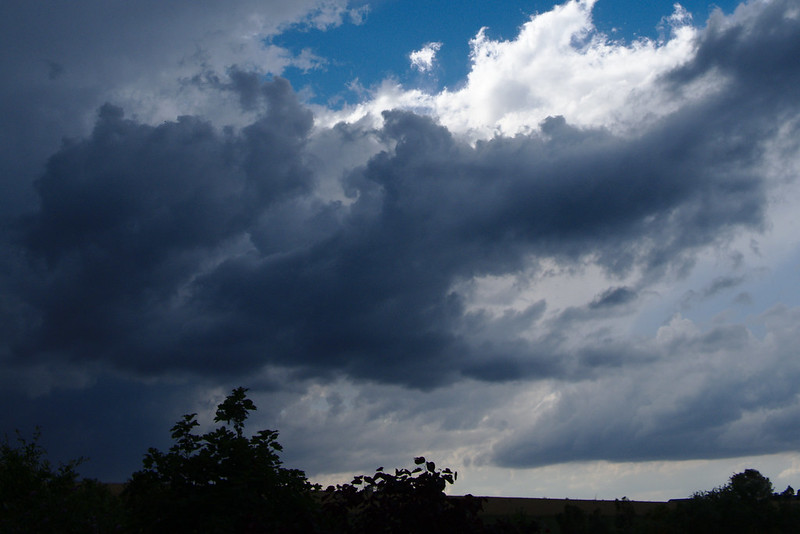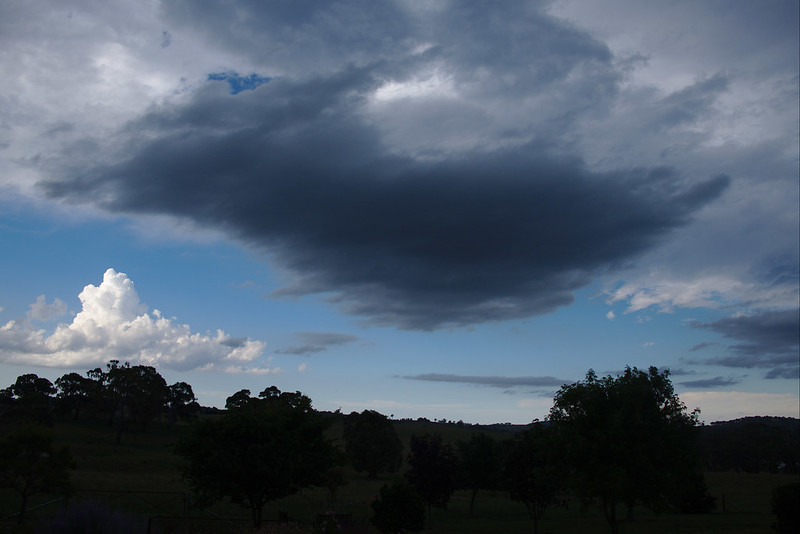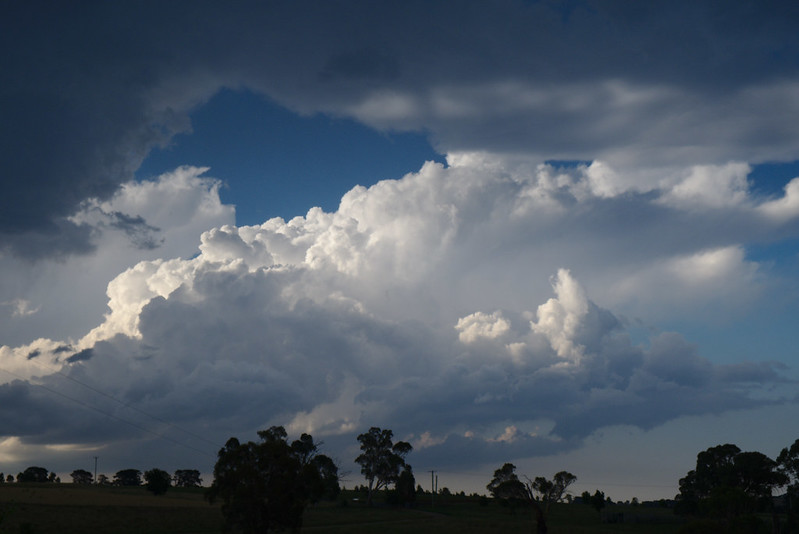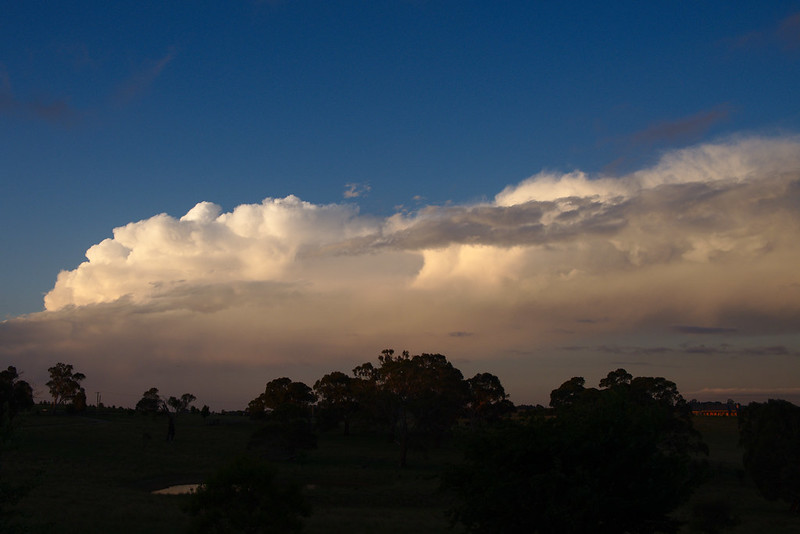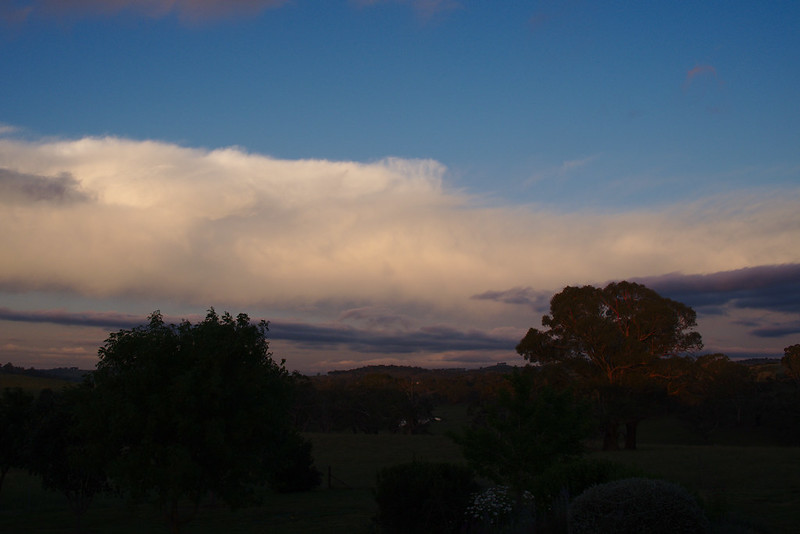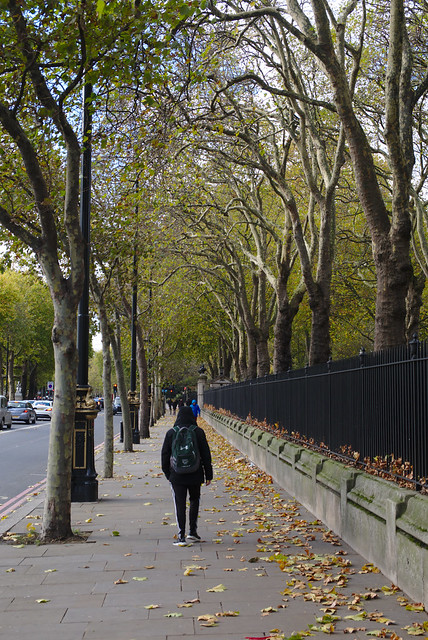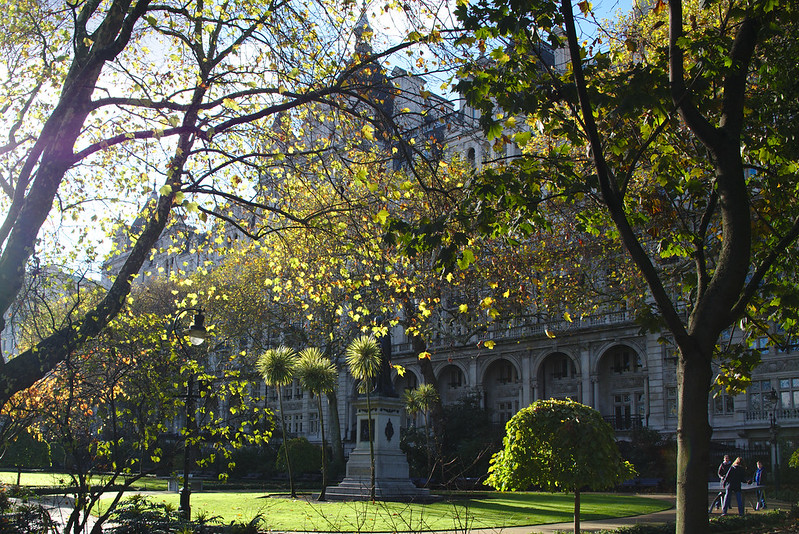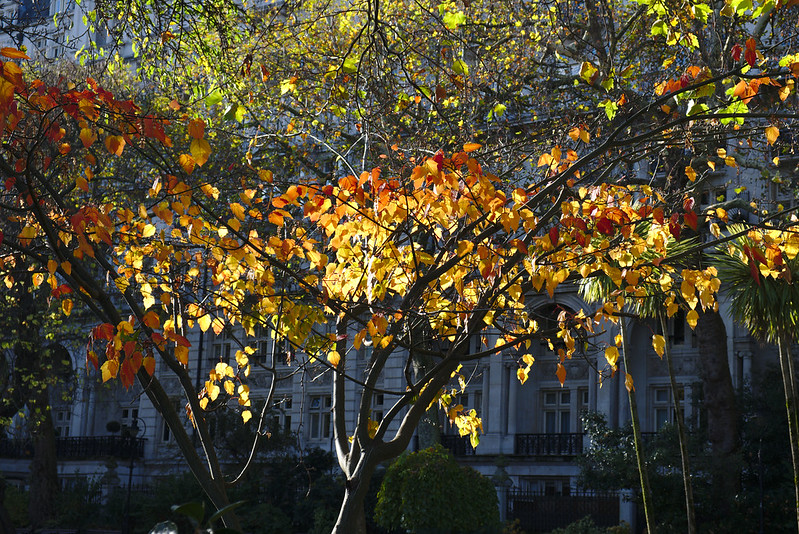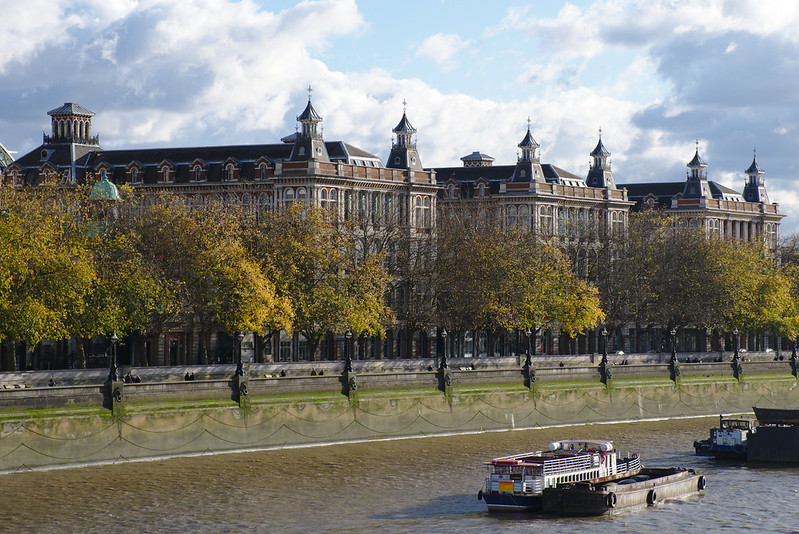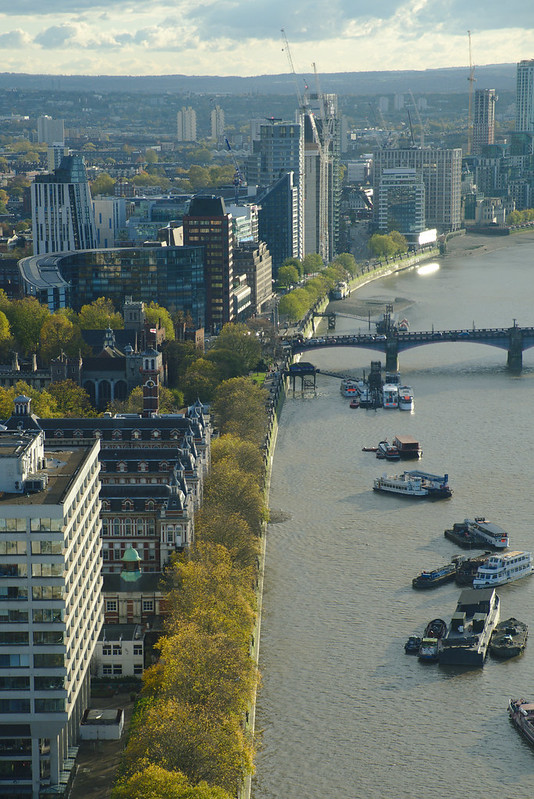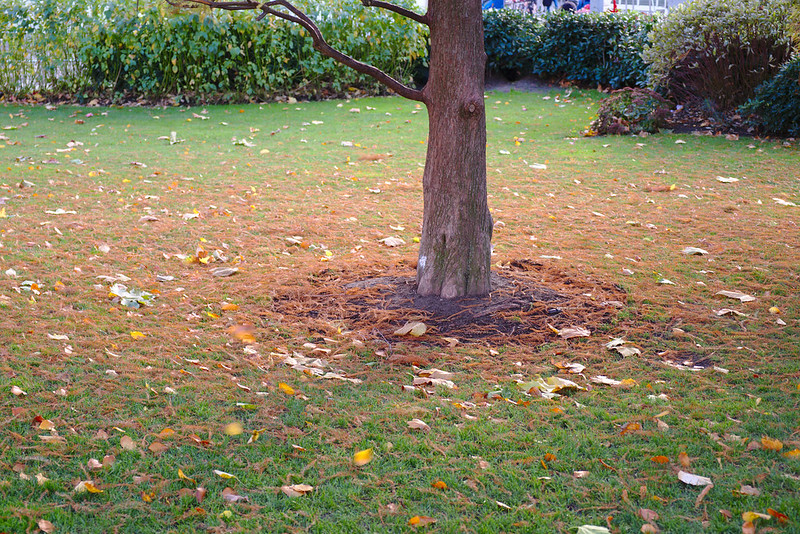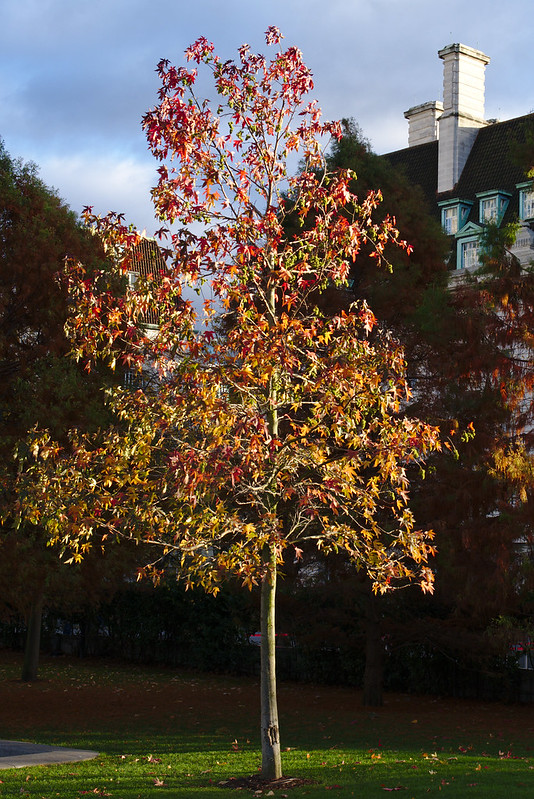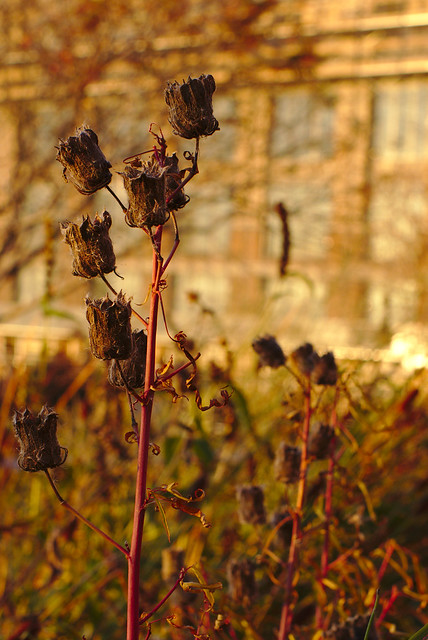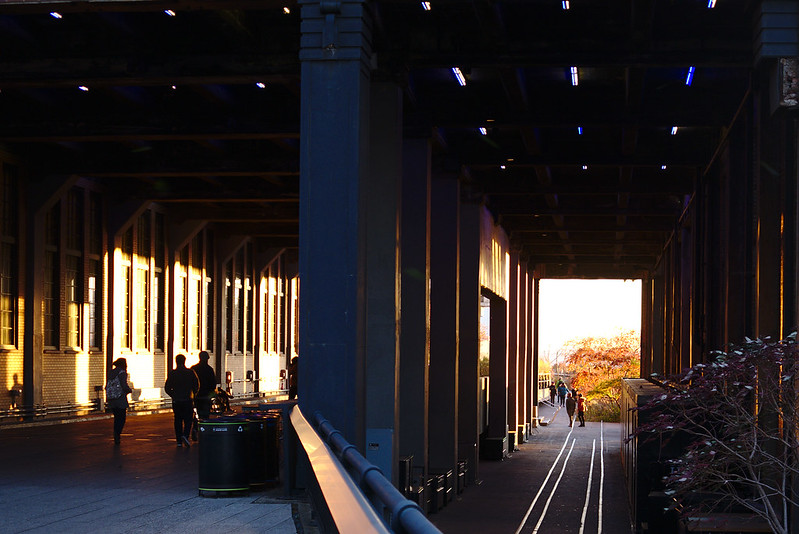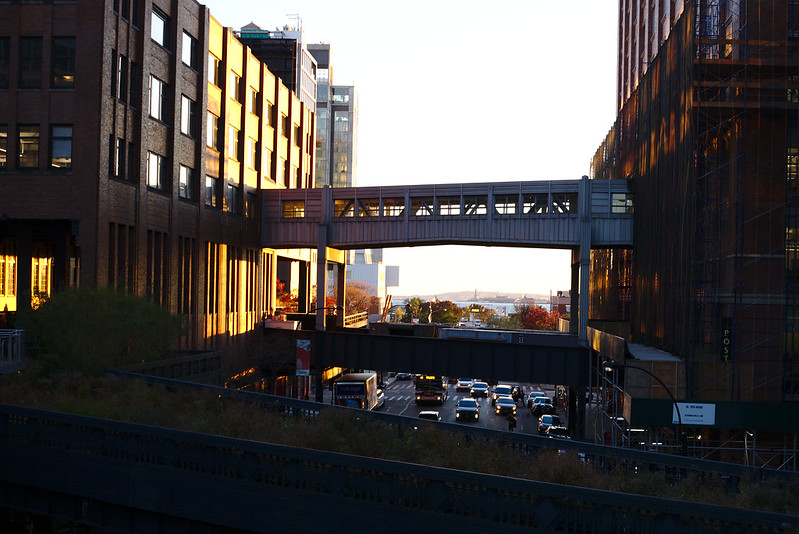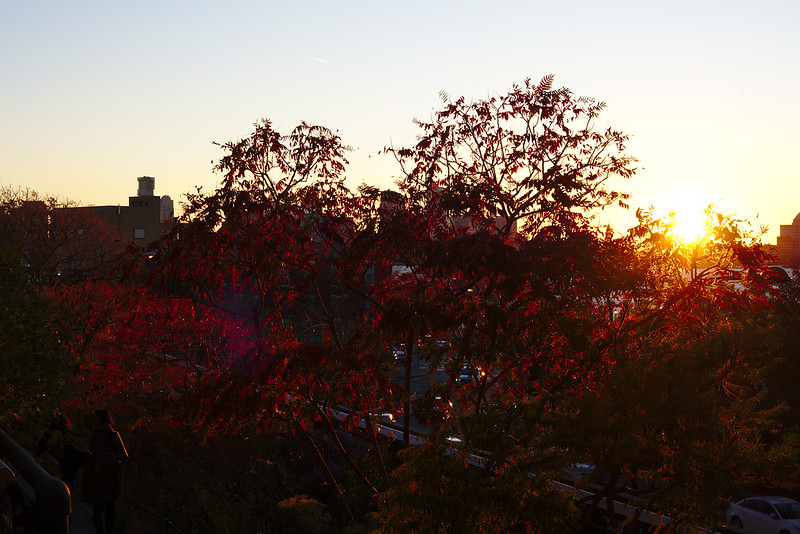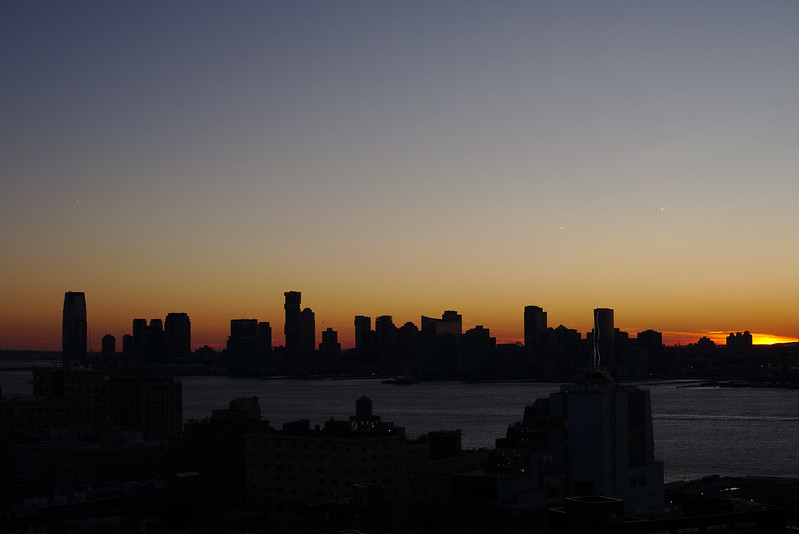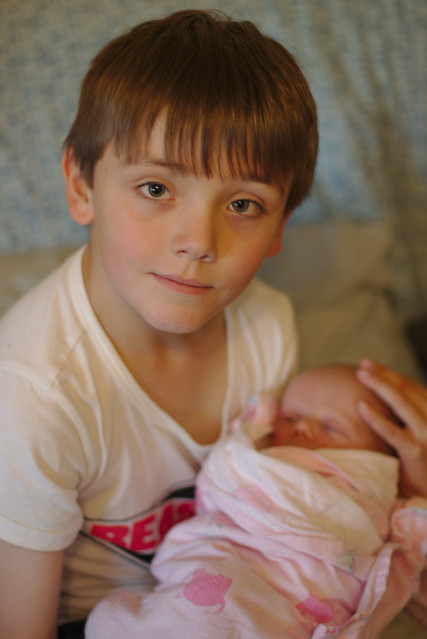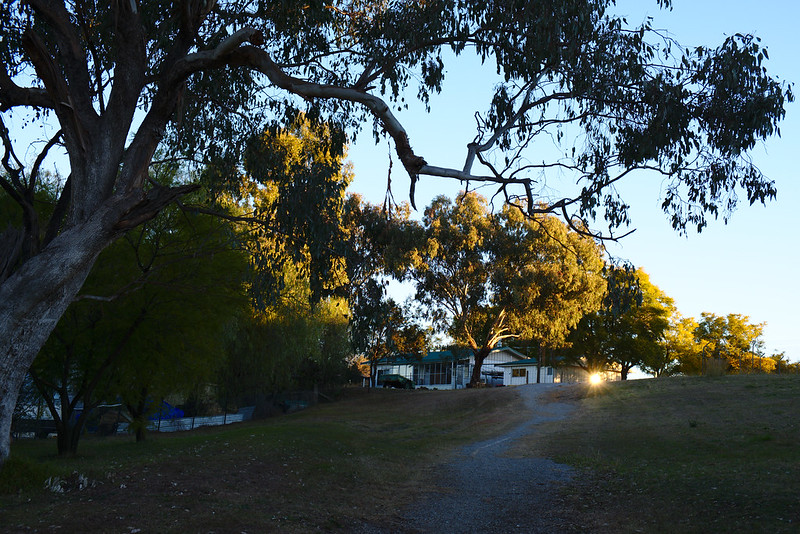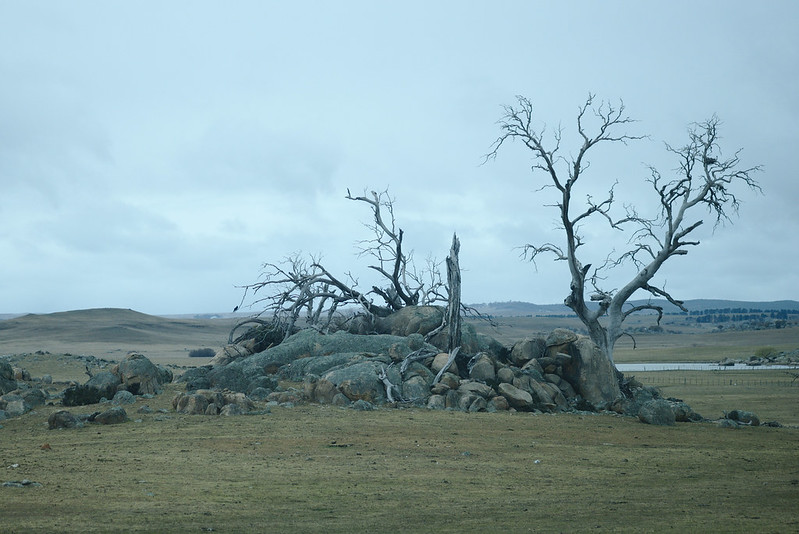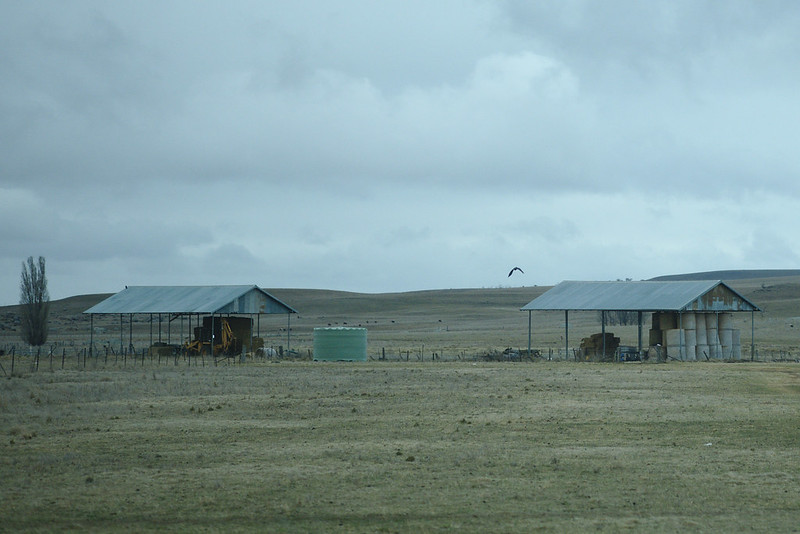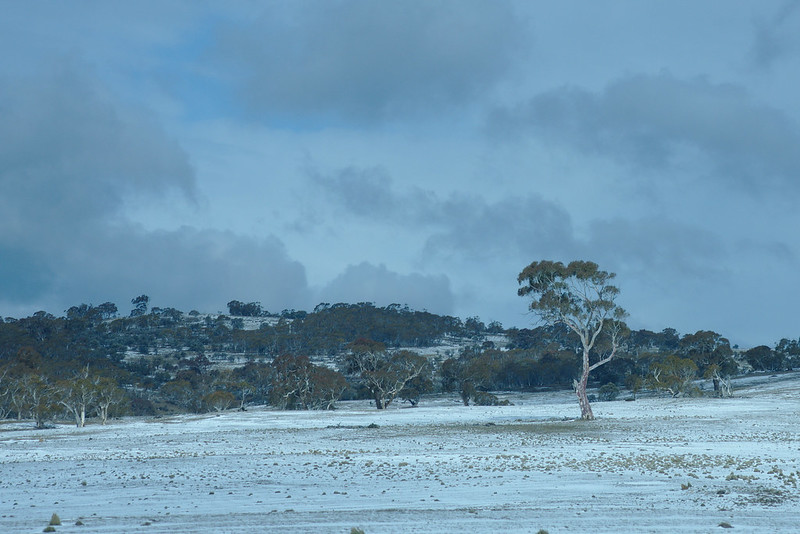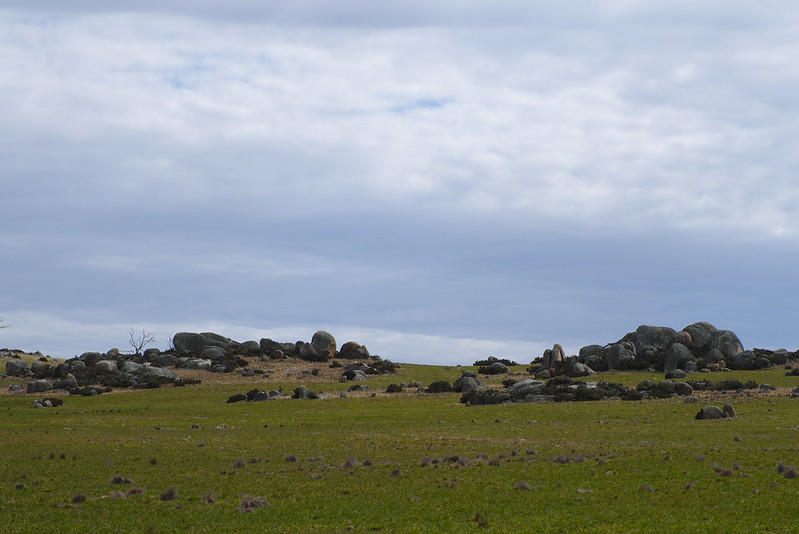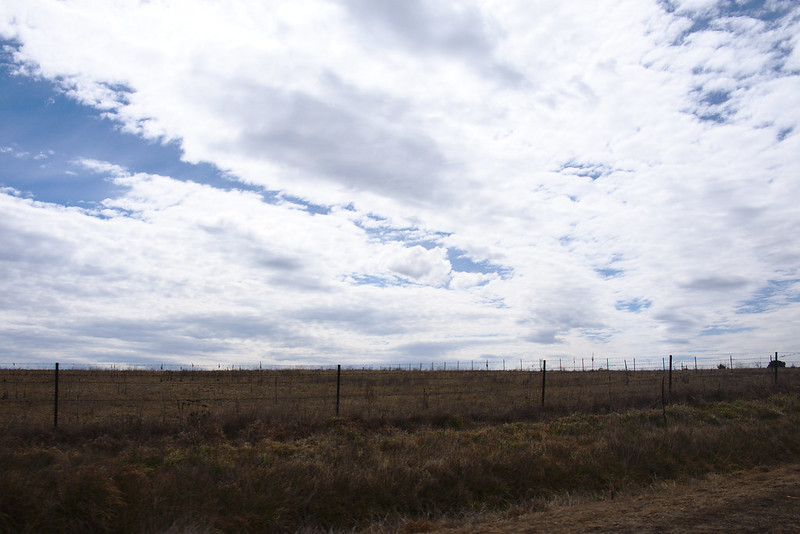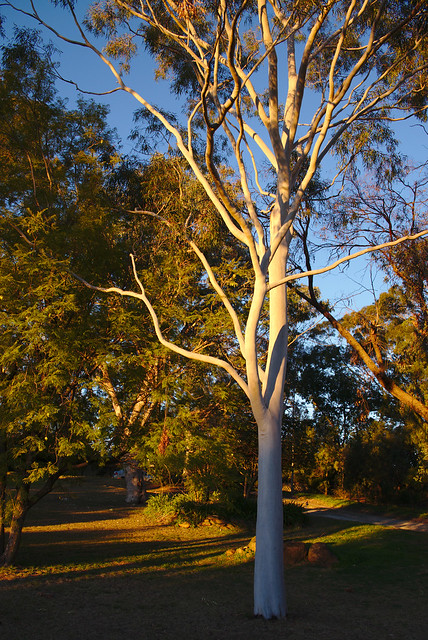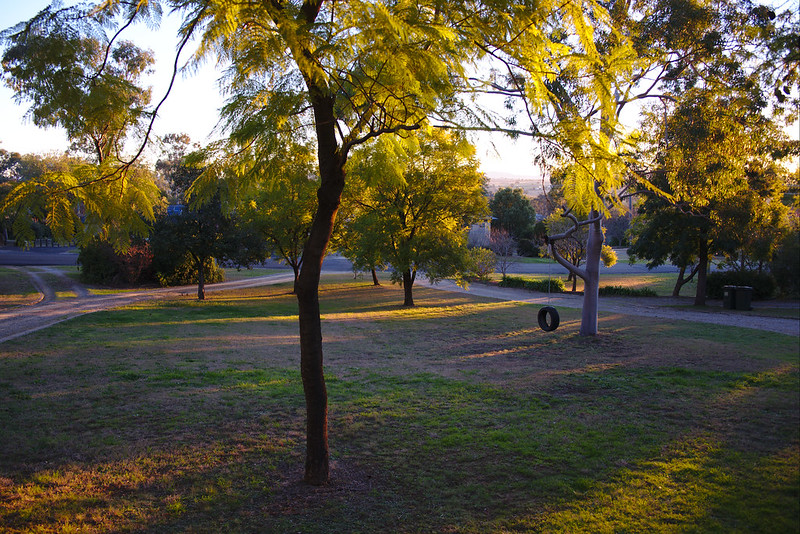Before the summer of 2017/2018 choked us all in endless dreary sunlight and humidity, there was a grey day with high surf…
Christmas weather
The storm clouds of Christmas Day weren’t quite in Mike Olbinski’s or Marko Korošec’s league, but the ongoing drought in central and eastern NSW means that these small storms on Christmas Day are most of the clouds I’ve seen in half a year:
Be selfish: if it needs to be done someone else can do it
In 2009, in “Girl stuff” in Free Software, I recounted a conversation with Brianna Laugher:
[Brianna] said — paraphrased — that she didn’t feel that she should have a problem or be criticised for doing what she is good at, or what’s so desperately needed in her communities, and have to be just another coder in order to be fully respected. And I said that while this was certainly true, women also need to have the opportunity, to give themselves the opportunity, to be selfish: if we want to code, or do something else we are currently either bad at or not notably good at, or for that matter which we are good at but in which we’d have competitors, we should consider doing that, rather than automatically looking for and filling the space that is most obviously empty
(See also Brianna’s response.)
Since then, I’ve seen this pattern recur, most recently in some of the discussion around Valerie Aurora’s Advice for women in tech who are tired of talking about women in tech: women who are doing things because, well, the thing needs to be done and no one is doing it, even if what drew them to the job or the project was something else entirely than the chores they’ve ended up with. This is particularly true when the chore has some benefit to others: writing documentation, welcoming newcomers, setting up the translation team, establishing the not for profit and such.
This not only can make women miserable as they find themselves doing a lot of things out of a vague sense of duty, it quite frequently leads to no rewards whatsoever. For others, it’s really nice when the documentation gets written or the notes get taken or the funds get raised without having to figure out how to give someone a promotion or a keynote slot for it, or how to build up a healthy chain of people moving through the task and onto other things! How fortunate for your boss or your project, and how unfortunate for you.
Quite often a good dollop of selfishness is what this situation deserves, and what you deserve too. There is of course a tight limit to which women can or should personally solve the problem of being handed or expected to quietly assume chores and hover around in the background making sure all the wheels are greased, but let’s explore how far you can get, when it’s time to be selfish.
Note throughout this entry that “chores” are very relative. You may not be a natural fit for translating conversations or documents just because you’re fluent in multiple languages! You might want to write some code or do the accounting or answer the phones instead! But this doesn’t mean that documentation or translation are worthless activities that no one should do, just that they’re something that, at this time, and for this project, you want to stop doing.
Figure out what you’re getting out of the chore, and keep doing it.
I’m very often the notetaker in meetings that I’m in. While this is quite gendered (and I’ve occasionally had senior male colleagues notice and call it out, which is appreciated), I do get something out of it. I have trouble paying attention to and understanding conversations I’m present in that I don’t also write up; and, while we’re talking about being selfish, one of the more effective ways to control the agenda is to write it, and one of the ways to control the findings is to write them too.
So, I keep taking notes quite often, but I’m clear on what I’m getting out of it. I don’t take the notes for their own sake, and if I find myself in a situation where I’m losing the ability to participate in or lead a meeting due to being its notetaker, I’m more likely to reconsider whether there need to be notes and if so, whether I need to take them.
But let’s say you’ve thought about it, and you’re not getting something out of the thing, and you want to be done. But the thing is important, it is in some way making the world a better place. If so…
Accept that the project could fail without the chore.
Something to work through is knowing that the chore might be important to the success of the project, and that you’re deciding not to do it anyway.
Maybe the conference will be better with a more diverse lineup and so will the careers of the speakers. If no one sees the notes of the meeting then some important decisions will be missing context. A major security flaw might be hiding in those untriaged bugs.
But if the project’s success seems to depend on you, a single person, quietly stepping in and doing what must be done while everyone else does fun things, the project is either so fragile that it’s at high risk of failure regardless of your exceptional bug triaging and speaker finding skills, or it’s somewhat quietly robust, and will actually carry on just fine.
A related failure mode — “I’m so valuable that my boss won’t let me take vacation” — is something of an Ask a Manager perennial. As she tends to advise: what if you quit? If you quit and your chores are super important, your boss will either find a way to get them done after you leave, or the project will fail, and if it fails in your absence, it probably wasn’t that likely to succeed in your presence either.
So. If you’re the only thing standing between success and failure, you’re not on a great project. It might have great aims or ambitions, but it’s not a great project. So now it’s time to…
Stop doing the thing.
Just don’t do it. Let the bugs go untriaged, the newcomers go unwelcomed, the documentation go untranslated, the meeting go unrecorded, the conference not schedule any unicorn talks, the conference not have any women speakers at all.
While you worked through thoughts about the project failing above, many times, you’ll find that the thing wasn’t that important in the first place. No one much read the notes of that meeting, so maybe there didn’t need to be notes, and in fact, on reflection holding the meeting wasn’t that important either. The conference copped a lot of justified heat on Twitter for their all-male all-white lineup and… probably they deserved it since they were using you to shield them from it before. Speakers of your other fluent language migrated to other software that had a translation team dedicated to their needs, and were better off for it. And so on.
How to just stop:
- Unsubscribe from the project email list.
- Block your browser from letting you look at the bug tracker.
- Delete the request for help finding women for the panel.
- Read back over your personal notes from the meeting, update your own todo list, but don’t type them up to send to the team.
- Go on a long holiday.
Give some warning you’re going to stop doing the thing.
If you’re not truly silently labouring away alone, you might want to let people know you’re stopping. That’s fine; but be firm about it, give a date at which you’ll stop, and resist conditioning leaving on another volunteer stepping up. “I’d love someone to take over the server and I’m happy to train you” may work, but it also may not. In embracing selfishness per this post, you need to step down even if no one else is stepping up.
Some scripts:
- “I’m not available as a volunteer sysadmin after the 1st. I’d love to hand off cleanly to a new sysadmin if possible. However if there’s no volunteers by the 1st, I will shut down the server and provide the data backups to [other person].”
- “This is the last newsletter from me! If someone else wants to pick it up, here’s a one pager to get you started.”
- “After some reflection, I’ve decided not to contest the next board election. I’m looking forward to seeing where a new president takes us.”
Ask if you can hand off the thing.
The above two strategies work less well in hierarchical situations like workplaces. If you’ve silently taken on chores or you’re volunteering for things outside your core position you can still use those strategies, but if your boss or another authority figure has told you to do the chore (especially if they told you to recently), probably you shouldn’t just stop and see what happens, let alone send an email unilaterally announcing you’ve decided to stop doing your job from the 1st.
But that doesn’t mean you need to silently do what you’re told at the expense of important work, or do unrewarded tasks while your peers get shiny things. There’s some alternatives you can explore with your workplace:
- Ask if you can stop: make a case for the chore not being important at all, or not being as important as the other things you need to do
- Rotate chores: set up a formal rotation of the chore between teams or members of the team
- Pay someone: pay a bookkeeper for your organisation rather than relying on a series of burned out volunteer treasurers
- Pay a specialist: hire a project manager or an office admin or a backend dev or a fundraising lead
- Transition to a more junior staff member: maybe there’s someone who’d learn from writing those docs or triaging those bugs
- Transition to a team: maybe there’s so many chores that there needs to be a project team addressing the chores and the source of them, and maaaaybe you could lead that team?
That said, in workplaces and other hierarchical organisations, ethical leadership should be avoiding disproportionately handing unrewarding tasks to women, younger people, and members underrepresented minorities, and should be actively considering these solutions themselves. If you’re in a situation where your leadership is happily reaping the rewards of you patiently picking up scutwork unrewarded…
Quit your entire position.
If your current position (paid or volunteer) is full of chores you aren’t rewarded for but that no one can be bothered sharing around or finding someone who’d be a better fit, and you’re fortunate enough to be able to find another position or you don’t need to, quitting is something to seriously consider. Head out the door and selfishly go find somewhere where what they need someone to do is the same thing that you want to be doing.
Handlers speculative: how to get a random word notifier in GNOME 3
I’ve been using my “fan merinos” random word generating script for a long time, and increasingly regularly as I take part in a few forums with transient pseudonymity and it’s a useful way to quickly get a pseudonym:
$ rw 1
mortally
Sure. Pseudonym activate. Yours, “Mortally”.
The result has been though that I increasingly return to my desktop to find that I’ve opened about 15 terminals and run rw in each and abandoned them.
How useful it would be to have a GNOME notification generated via a keyboard shortcut! Eg I could press Ctrl+Alt+R and get:
Putting all this together takes a bit of work. First, the shell script to create the notification:
#!/bin/bash
WORDS=/usr/share/dict/words
NUM_WORDS=5 # fits nicely in a notification for me
notify-send "$(cat "$WORDS" | grep -v "'" | grep -v "[A-Z]" | shuf -n $NUM_WORDS | xargs echo)" -a "Random words"
Save to, eg ~/bin/rw-notify.sh, and then make it executable: chmod 700 ~/bin/rw-notify.sh
If you run the command from a terminal you then get the notification.
But for some reason I haven’t worked out, GNOME’s keyboard shortcuts won’t run a shell script. If you try and add a shortcut that runs this command, it will simply do nothing.
So, next create another file: ~/.local/share/applications/rw-notify.desktop:
#!/usr/bin/exo-open
[Desktop Entry]
Name=Random Words Notify
Exec=[YOUR HOME DIR]/bin/rw-notify.sh
Type=Application
Replacing [YOUR HOME DIR] with the location of your home dir, eg:
Exec=/home/mary/bin/rw-notify.sh
This will let you activate an application called “Random Words Notify” from the GNOME launcher.
Last step, binding it to a key.
First, you need to have /usr/bin/exo-open available on your system (for some context, see GNOME bug 343896). On Debian and Ubuntu, you’ll need to install exo-utils and on Fedora exo.
You will also need to make the desktop file itself executable: chmod 700 ~/.local/share/applications/rw-notify.desktop
Now, finally open the keyboard shortcuts editor (open the Activities view and start typing “Keyboard”). Scroll to the bottom and press the + to add a new custom shortcut:
Then press “Set shortcut” followed by the keys you want (in my case, Ctrl+Alt+R), and fill in a name and, as the command, the full path of the rw-notify.desktop file, eg /home/mary/.local/share/applications/rw-notify.desktop:
Press “Add” and now Ctrl+Alt+R will bring up 5 random words in a notification for you:
All shell scripts and commands in this post (enclosed in the <code> HTML tags) are in the public domain.
A very short list of things I liked about being pregnant
It was all over four years ago yesterday, and here’s what I remember fondly:
A week and a half of not testing, and just walking around being pretty sure that everything was changing.
Seeing a beating heart on the ultrasound during a threatened miscarriage, and walking home feeling so proud of the tiny little thing in there, beating its heart like that.
The first time I felt a baby move inside me; the sensation of rolling over and something rolling the other way, like a bolt had come loose inside me and fallen away.
Rubbing a baby spine through my belly.
Listening to the heartbeat storm up on the monitor as the baby prepared to kick at the sensors squeezing my belly.
Labouring at home in the light of the many blue LEDs I didn’t realise we had until that night.
People politely waiting around a hospital room for contractions to pass every 3 minutes or so, so we could resume our conversation.
London in autumn
New York in autumn
2017 in threes
Reading over last year’s (very dark) reflections, I would say 2017 was not the year I feared. While it will take a few years yet to tell what 2017 really was to the world, for me, it was a quiet and quite inward looking year, after a very hard 2015 and 2016.
Three moments of 2017
January: I was ill and taking regular naps at work; weirdly easy to go to sleep. Dark rooms, trip-hop through my headphones, and free associating.
May: New York City, so overwhelmed in a new job and so jetlagged that I worked a fifteen hour day and fell into bed for a brief sleep when I lost the ability to speak English.
November: Snorkelling in the Whitsundays, wishing again and always that I had scuba equipment, but happy and peaceful in the water.
Three meals of 2017
May: our wedding anniversary meal, degustation at Restaurant Como. Especially the rose-and-raspberry Eton mess, adding a bunch of subtlety to something that’s usually more like a hammer for a sweet tooth.
May and November: sashimi at Asuka Sushi. In planning to visit New York a few times a year, I wanted to find a few rituals to get me through the visits. Sashimi seems like a good choice. Protein versus jetlag.
Throughout the second half of the year: the truffle oil dumpling at the Din Tai Fung outlets throughout Sydney. As with making an Eton mess subtle, this makes truffle just subtle enough. And there’s only ever one of them…
Three photos of 2017
This represents being happy at work to me, although it’s also a million years ago in 2017-career-time. I was a newbie facing her first performance review, not the incoming manager of the team):
By the following cycle, I was doing performance reviews for other people.
A sweet boy and his baby cousin:
The sun setting over the exit from Monk Park in Tamworth, a walk I did many times as a child:
Three pleasures of 2017
Throughout the year: bike rides to work after a fresh service and with full tyres, fast climbs for a change.
May: our wedding anniversary weekend away west of the mountains. Wood fire, hot tub, creek nearby, eucalyptus leaves glowing yellow-green when the sun shone through them.
August/September: the week when skiing finally clicked for me. Mid-week, I led Andrew down a narrow run that neither of us had seen before. With my daughter ill on the last day of our lift ticket, Andrew took care of her in the morning while I did my last ski runs; three each of the intermediate runs on Merritts Mountain. Two falls all week; one the now traditional collision with Andrew. Lots of fun.
Three news stories from 2017
January: the first of the Trump travel bans, the one that proposed to limit green card holder travel to the US. Protests at US airports, mobilisation inside my workplace. I ran a fundraiser for a few tens of thousands for refugee rights activism in Australia.
February onwards: Reflecting on one very, very strange year at Uber and the ongoing work of The Silence Breakers, whether named in Time or not. Australia’s version, I think, is just firing up.
December: the passing of Marriage Amendment (Definition and Religious Freedoms) Act 2017 on the 7th. I wasn’t in the country when the postal vote results came out and it became clear that fears that the ‘Yes’ vote would be complacent about turning out were unfounded. And I wasn’t following the parliamentary progress either, so I had to catch up that evening. I got a rather mystified Vincent to watch it carefully.
Three sensations from 2017
Throughout the year: hypnagogic hallucinations, almost every night. I’ve occasionally had them before but not nearly so constantly. They’re more like dreams than like free associating for me; they have images and plots. They’re mostly harmless; they’re only somewhat annoying in that I usually wake up from them a few times before going all the way to sleep.
November: New York, around −5°C and windy. Despite my (excellent) new winter coat that I bought for that trip, the cold surrounded my legs in their thin trousers and got up into my core that way. I run very hot, thyroid or no, so getting truly cold on a short walk is very memorable.
November again: sleeping under the stars on a boat in Queensland. I was committed to the outdoor plan as soon as I heard that the cabins often get above 30°C at night. The first night I was short a blanket but really tired, so I woke to squint at the stars over and over before sleepiness won over chill. On the third night, it rained just enough to wake me gently, and not enough to drive me inside.
Three sadnesses of 2017
May: my uncle Rob died of a brain tumour aged 57, just shy of nine months after he was diagnosed (alluded to in last year’s version of this). I wasn’t in the country for his funeral; I flew up to Tamworth the day before I left and drove my teenage cousin around to shop for soft drinks to be served at his wake.
Later in the year: another friend was diagnosed with cancer.
I’ve thought more about Nóirín again this year. It was the year of the silence breakers after all, and of course the Ninth Circuit ruling. Nóirín was one of many silence breakers who paved the way.
Three plans for 2018
We’re heading to Kauaʻi in January with some of my friends, the first time we’ve travelled overseas with both children and both adults. I’m a bit wary of what it will be like, with Vincent the child who is only alive around other children.
I’m going to do an introduction to sailing course early in the year, and if it works out, train through to day skipper so that we can charter sailboats for weekends away. Like camping, only with more water, wind, and creature comforts. That’s the theory.
New York is my main work travel destination, so I’ll be there again at least once. My parents are hoping to join me for one trip. I’d like to spend time in Brooklyn while I’m there.
Three hopes for 2018
Some good news about climate change, whether statistics or serious political will.
Travelling to North America with my family. This is somewhere between a hope and a plan; I’ve barely begun putting it together. But it is increasingly strange and sad having two lives, one as a single career woman in North America and the other as a married mother of two in Sydney. Andrew and I have both walked the High Line in New York, but never together, both explored Lands End in San Francisco, but never together.
An easy one: I hope it rains all day at some point. It’s been a dry year; I really miss a good rainy day.
End of year prompts
I came up with my end of year prompts in 2014, feel free to use them yourself.
Goodbye granite?
We’ve had a snow holiday in Thredbo four years in a row, and are talking about a change. But saying goodbye to the hour of road near it will be hard:

